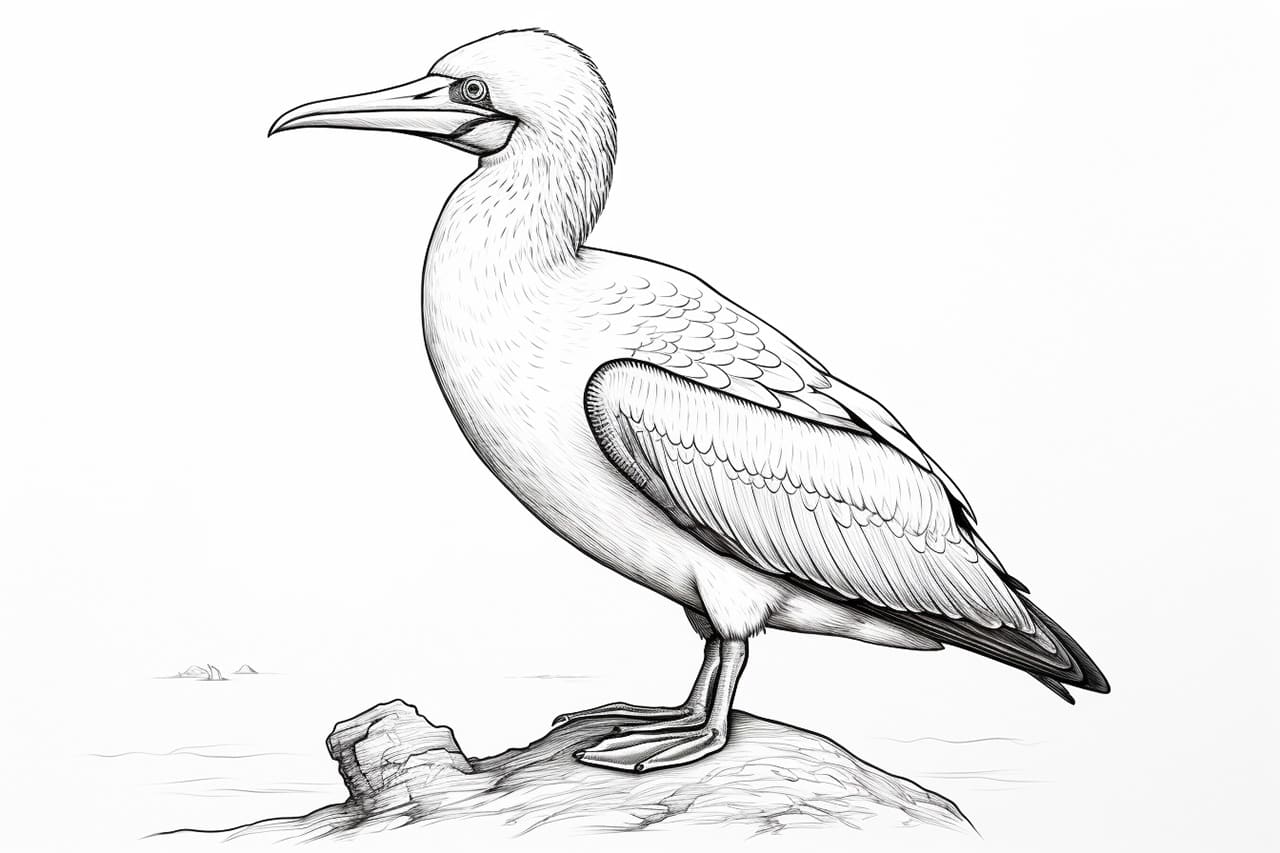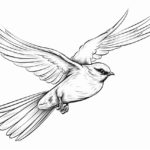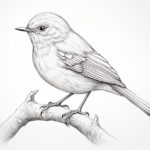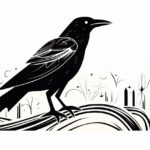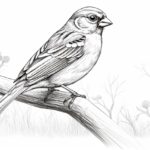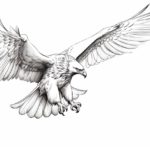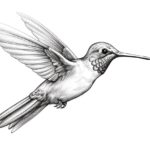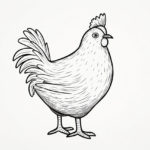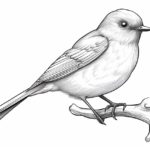Are you ready to immerse yourself in the art world and learn how to draw a Blue-footed Booby? These unique birds, known for their vibrant blue feet, are captivating creatures in the Galapagos Islands and along the Pacific coast of South and Central America. Their playful nature and striking appearance make for an intriguing subject to capture on paper. In this step-by-step guide, we will explore the process of drawing a Blue-footed Booby, from sketching the basic outline to adding intricate details. So, let’s grab our pencils and get started!
Materials Required
To successfully illustrate a Blue-footed Booby, you will need the following materials:
- Drawing paper: Opt for a high-quality paper that is suitable for your preferred drawing medium.
- Pencils: Invest in a set of drawing pencils with varying degrees of hardness, such as HB, 2B, 4B, and 6B.
- Eraser: Choose a soft eraser that won’t damage your paper or leave smudges.
- Blending tools: Consider using a blending stump, tortillon, or even a cotton swab to achieve smooth shading.
- Reference photo: Find a clear, well-lit image of a Blue-footed Booby to guide you throughout the drawing process.
Now that we have gathered our materials, let’s dive into the step-by-step instructions for drawing a Blue-footed Booby.
Step 1: Basic Outline
Begin by lightly sketching a simple oval shape to represent the body of the Blue-footed Booby. Keep in mind that this bird has a plump body, so ensure that your oval captures its rounded appearance. Next, add a small circle on top of the oval to indicate the head. These basic shapes will serve as a guideline for the bird’s proportions.
Step 2: Outlining the Beak and Eyes
Within the circular head shape, draw a small triangular beak pointing downwards. Make sure the beak is proportionate to the body, emphasizing its slender and pointed structure. To add the eyes, sketch two elongated ovals on either side of the beak. Keep these ovals fairly large to accentuate the Blue-footed Booby’s distinct gaze.
Step 3: Adding Wings and Tail
Extend two curved lines from either side of the body to outline the wings. Remember that the wings should be long and wide, representing the bird’s ability to glide gracefully. To depict the tail, draw a set of slightly curved lines at the back of the body, tapering it to a point.
Step 4: Defining the Feet
Now comes the exciting part – highlighting the Blue-footed Booby’s unique feature! Draw two long, slender legs extending downward from the body, with the feet visible at the bottom. Pay attention to the distinctive blue color of the Booby’s feet, and add small triangular shapes to represent the webbing between the toes.
Step 5: Body Structure and Feathers
To give our Blue-footed Booby a realistic appearance, it’s essential to define the structure of its body and add feather details. Start by refining the outline of the body, giving it a more tapered shape towards the tail. Then, delicately draw curved lines across the wings to represent the overlapping feathers. Add smaller feather details around the head and body, ensuring they follow the natural flow of the bird’s form.
Step 6: Shading and Texturing
To bring depth and dimension to our drawing, we need to incorporate shading. Observe the reference photo and identify areas of shadow and light. Begin by lightly shading the areas underneath the body, wings, and tail, gradually darkening them as necessary. Use a blending tool or your fingertip to smooth out the shading and create a seamless transition between light and shadow.
Step 7: Adding Facial Features
Now that we have established the bird’s overall structure and shading, it’s time to focus on the facial features. Darken the eyes, leaving a small highlight to mimic the reflection of light. Add small lines around the eyes to represent feathers and gentle curves to indicate the bird’s eyelids. Fine-tune the shape and details of the beak, paying close attention to its proportions and texture.
Step 8: Final Touches
Take a step back and assess your drawing so far. Are there any areas that need refining or additional shading? Use your eraser to lighten certain areas or create highlights if necessary. Pay attention to the subtle details such as the contour of the body and the feathers around the feet. Take your time to ensure that your Blue-footed Booby appears as realistic and accurate as possible.
Conclusion
Congratulations on completing your Blue-footed Booby drawing! By following these step-by-step instructions and remaining patient throughout the process, you have successfully captured the essence of this magnificent bird on paper. Remember, practice makes perfect, so don’t hesitate to draw more Blue-footed Boobies or explore other subjects to develop your artistic skills further. Keep experimenting and pushing your boundaries, and soon you’ll create breathtaking art pieces. Happy drawing!
Gallery of Blue-Footed Booby Drawings
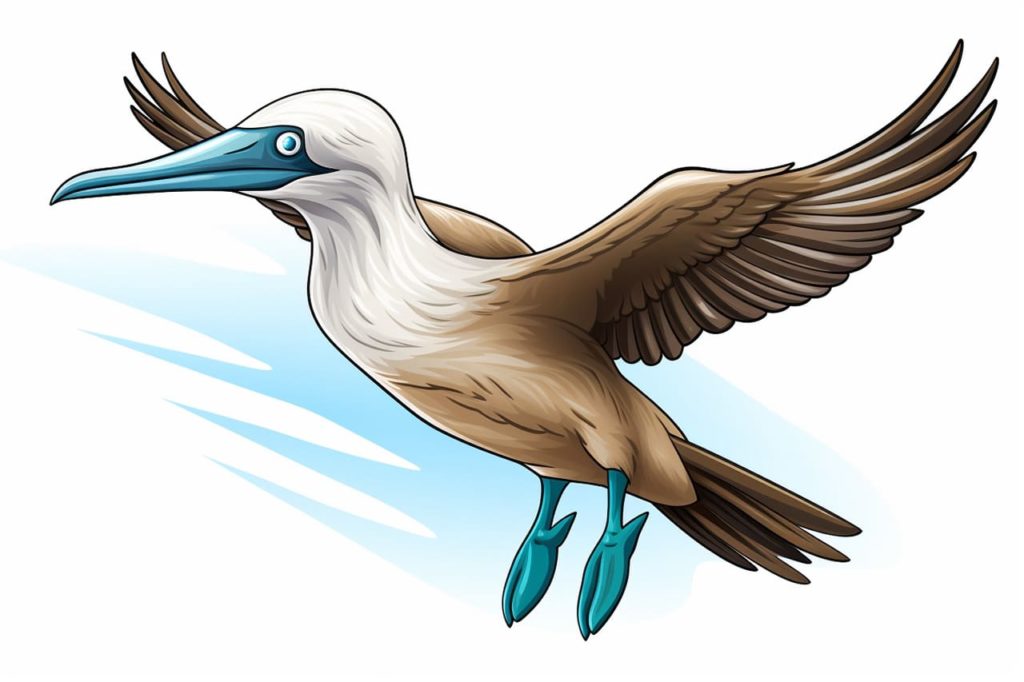
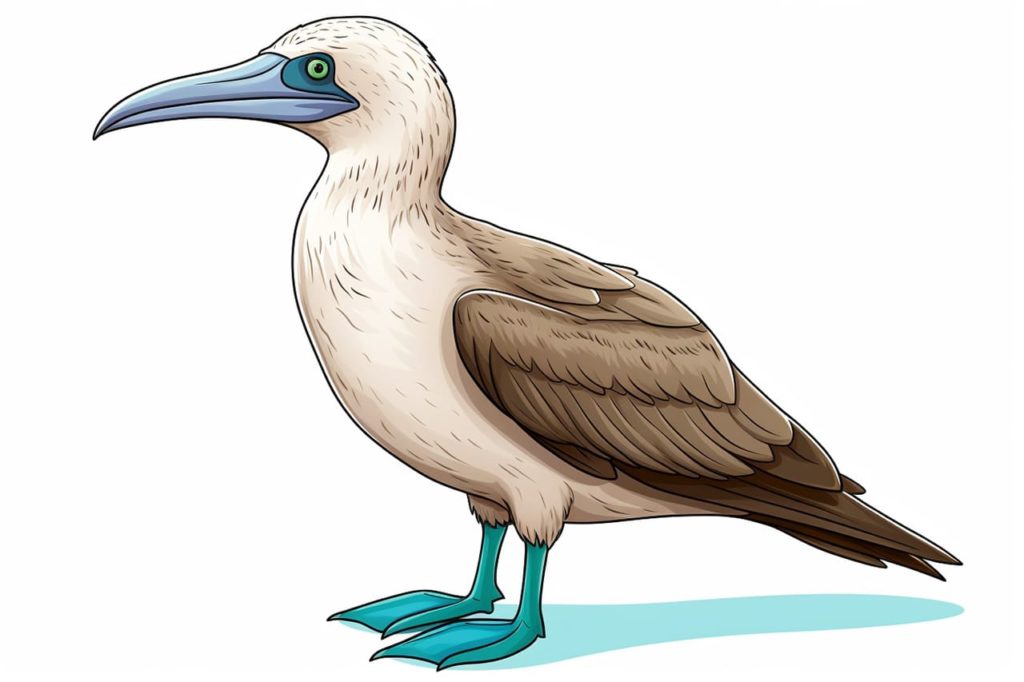
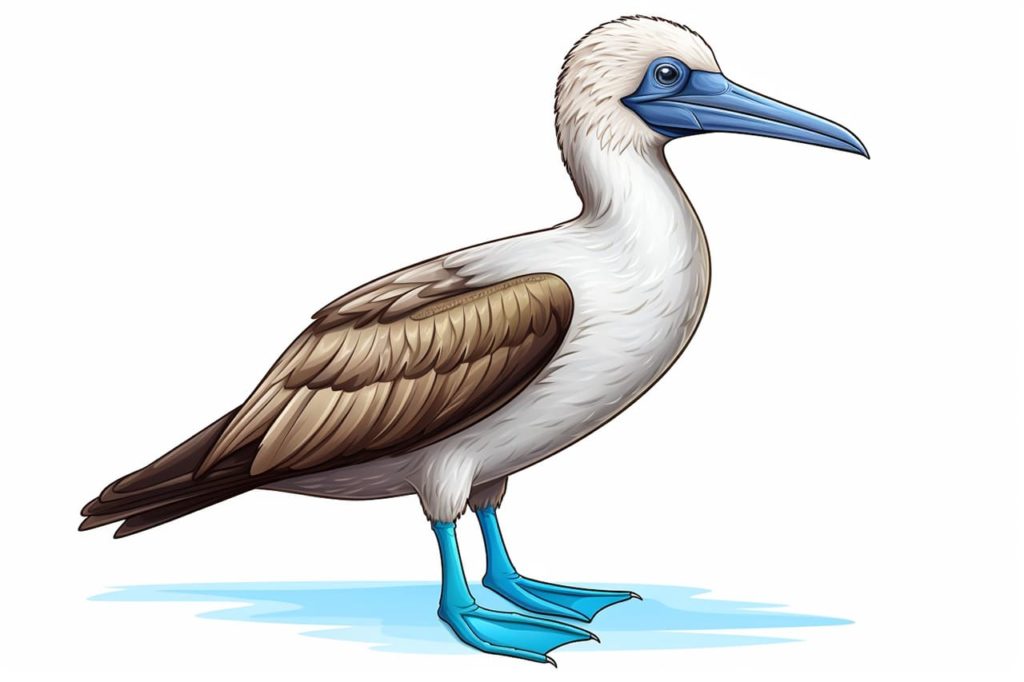
Fun and Interesting Facts About the Blue-Footed Booby
The Blue-footed Booby, with its characteristic azure feet and whimsical antics, is a bird that never fails to capture the imagination of those lucky enough to witness its lively dances and precise diving techniques. Below are some intriguing aspects of the Blue-footed Booby’s biology and behavior, which may add a touch of whimsy to your understanding of avian diversity.
Mating Dance Extraordinaire
One of the Blue-footed Booby’s most captivating behaviors is its courtship dance. Males attract females by displaying their vivid blue feet in a high-stepping strut. They also spread their wings and whistle, creating a performance that is both visual and auditory. The bluer the feet, the more attractive the male is to potential mates, as the color indicates a good diet and overall health.
Aerial Acrobats
Blue-footed Boobies are adept at airborne hunting, diving from remarkable heights to snatch fish from the water with astonishing accuracy. Their streamlined bodies and long wings enable them to reach speeds that enhance the force of their plunge, while their facial air sacs cushion the impact as they pierce the water’s surface.
Social Nesters
These birds often breed and nest in colonies, creating a sense of community. They lay their eggs on bare ground and both parents take turns incubating them. Remarkably, Blue-footed Boobies do not have a specific breeding season, which means they can reproduce at any time of the year based on food availability.
A Galápagos Icon
Though they are found along the western coasts of Central and South America, Blue-footed Boobies are often associated with the Galápagos Islands, where they are a prominent and beloved part of the local fauna.
A Splash of Color in the Animal Kingdom
The Blue-footed Booby isn’t just a bird with a quirky name; it’s a symbol of the rich biodiversity and the whimsical charm found in the animal kingdom. Its distinctive courtship dance and remarkable hunting prowess make it a standout character in the avian world, demonstrating the endless variety and adaptability of life on Earth.

